Rapporti ISTISAN 09/49 ISTITUTO SUPERIORE DI SANITÀ Ageing ...
Rapporti ISTISAN 09/49 ISTITUTO SUPERIORE DI SANITÀ Ageing ...
Rapporti ISTISAN 09/49 ISTITUTO SUPERIORE DI SANITÀ Ageing ...
You also want an ePaper? Increase the reach of your titles
YUMPU automatically turns print PDFs into web optimized ePapers that Google loves.
<strong>Rapporti</strong> <strong>ISTISAN</strong> <strong>09</strong>/<strong>49</strong><br />
2.17.4. Some methods to measure the stages of change<br />
Two main methods have been used to measure stages of change (Sutton, 2001):<br />
- Staging algorithms<br />
A small number of questionnaire items are used. The participants are allocated to one of<br />
the stages. It is not possible to be in more than one stage at a given time point. Staging<br />
algorithms have been used in several studies to classify smokers or drug addicted people.<br />
- Multidimensional approach<br />
Several multidimensional instruments were developed for example:<br />
- University of Rhode Island Change Assessment (URICA)<br />
The instrument consists of 32 items. The items refer to the subject’s problem and do<br />
not specify a particular problem behaviour. The URICA is mainly used in clinical<br />
context (McConnaughy et al., 1983)<br />
- Readiness of Change Questionnaire (RCQ)<br />
The questionnaire consists of 12 items and was designed to measure stage of change<br />
with respect to reducing alcohol consumption. The RCQ focuses on three critical<br />
stages: precontemplation, contemplation and action (Rollnick et al., 1992).<br />
- Stages of change readiness and treatment eagerness scale SOCRATES<br />
SOCRATES was designed to measures stages of change for people with alcohol<br />
problems. It is a 20-item scale (Miller & Tonigan, 1996).<br />
4.17.5. Pros and cons TTM<br />
The TTM is based on critical assumptions about the nature of behavioural change and about<br />
the interventions that can best facilitate such change.<br />
The model has the following advantages:<br />
- The model is constructed on the basis of other important behaviour models. It enables to<br />
explain the complex human behaviour in a more comprehensive and adequate way.<br />
- Many models only consider those people who are willing to change their behaviour. The<br />
TTM can be applied also for people who even have not thought about changing their risk<br />
and unhealthy behaviours and habits (precontemplation, contemplation).<br />
- Interventions in the different stages have to look differently. This means the model makes<br />
it possible to take more targeted actions.<br />
- The model considers stagnation and regression of a process.<br />
- Not only the actual change of behaviour is considered as success, but every single step<br />
from one stage to the other.<br />
- The model is relatively simple and can be easily applied for different risk or unhealthy<br />
behaviours<br />
- If interventionists are to match the needs of entire population, they need to know the stage<br />
distributions of specific high-risk behaviours.<br />
With respect to the cons the following aspects can be mentioned:<br />
36



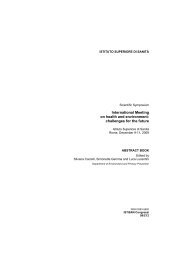
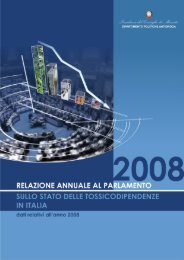
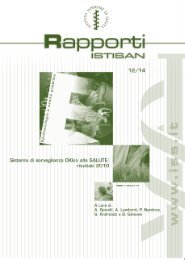
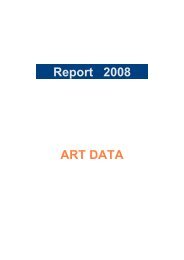
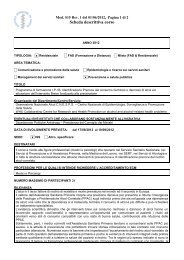
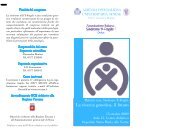
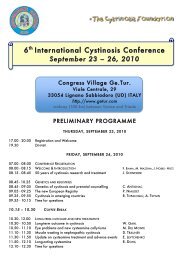
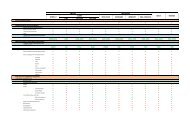
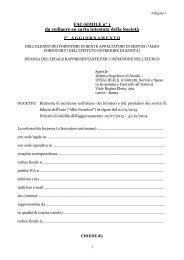
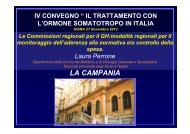
![Emilia Romagna [PDF - 175.10 kbytes]](https://img.yumpu.com/23556597/1/184x260/emilia-romagna-pdf-17510-kbytes.jpg?quality=85)

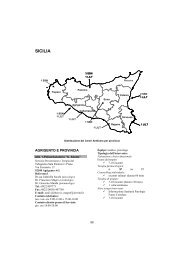

![Istisan Congressi N. 66 (Pag. 1 - 81). [PDF - 2021.12 kbytes] - Istituto ...](https://img.yumpu.com/23556493/1/171x260/istisan-congressi-n-66-pag-1-81-pdf-202112-kbytes-istituto-.jpg?quality=85)